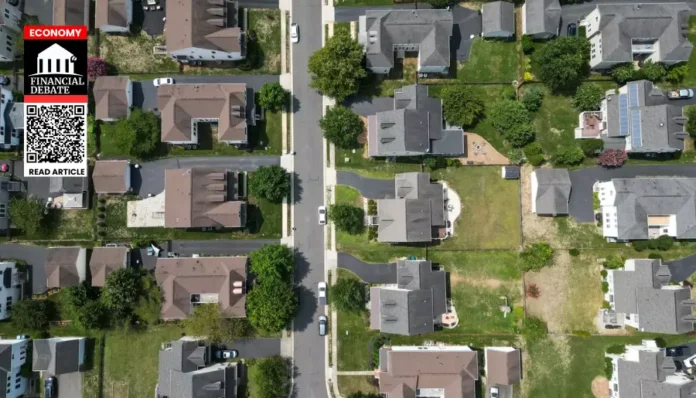The mortgage market is encountering persistent challenges as evidenced by a recent drop in mortgage demand. Last week, mortgage application volume experienced a noteworthy decline of 6.7%, marking the lowest levels since July, as reported by the Mortgage Bankers Association’s seasonally adjusted index.
This decrease is particularly significant given that mortgage interest rates have remained relatively stable, implying that other underlying factors are influencing potential borrowers’ decisions.
As mortgage interest rates hovered at 6.52% for 30-year fixed-rate loans with conforming balances, the stability in rates did not translate into increased mortgage activity. Interestingly, the average points declined slightly from 0.65 to 0.64, indicating marginally lower upfront costs for borrowers.
Despite this, the refinance market has also seen a setback, with demand for refinancing plummeting by 8% during the past week. Comparatively, the overall refinance demand remains robust year-over-year, being 90% higher than the same week last year, when rates were significantly higher, nearing 8%. This suggests a complex landscape where historical context plays a vital role in influencing current market positions.
The situation is compounded by a 5% decrease in applications for purchasing homes, even though this figure is still 3% above the same week in the previous year. This juxtaposition indicates that while affordability in terms of interest rates has improved, home prices remain a significant hurdle for prospective buyers.
Current housing market conditions show that, despite potentially more favorable borrowing costs, elevated house prices continue to dampen buyer enthusiasm. Real estate agents highlight that many prospective homebuyers are adopting a cautious “wait-and-see” approach, especially as the presidential election approaches, contributing further to the stagnant demand.
Joel Kan, an economist at the MBA, has noted that the inventory for homes available for sale appears to be increasing and that price growth has stabilized in certain markets. While this could lay the groundwork for a healthier buying environment, it presents a nuanced challenge as buyers remain hesitant. Potential improvements in inventory and pricing may not be enough to spur demand unless buyer sentiment shifts significantly.
As the new week began, mortgage rates experienced a sharp uptick, rising 14 basis points to the highest levels since early July, as reported by Mortgage News Daily. Such fluctuations may create further uncertainty and hesitation among potential borrowers who are already wary about entering the market. For the mortgage sector, these economic indicators serve not just as benchmarks but as vital clues about consumer confidence and the overall health of the housing market.
The current landscape of mortgage demand presents a complex scenario defined by stationary interest rates but tumultuous buyer sentiment. The intertwining aspects of price stability, election-induced caution, and fluctuating rates will undoubtedly play pivotal roles in shaping mortgage market trends in the coming months. It remains crucial for stakeholders to closely monitor these relationships to adapt strategies in an ever-evolving economic context.
